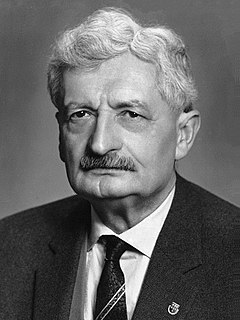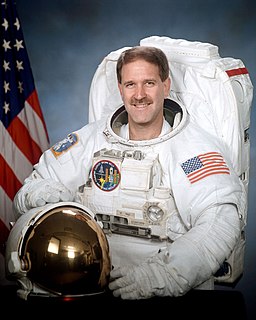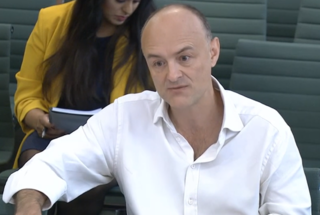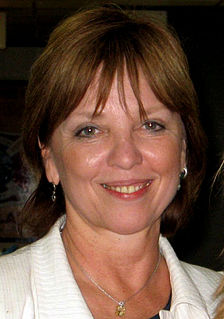A Quote by Heidi Hammel
Hubble wasn't designed to look at objects in our solar system, but after it was launched, astronomers realized that with just a little bit of modification to the software, it could look at solar system objects.
Related Quotes
When Hubble was launched, it became clear very shortly thereafter that there was a problem with the optics.The mirror was not quite the right shape. And the one program that I had really been looking forward to doing with Hubble was studying outer planets in our solar system, the planets Uranus and Neptune.
































